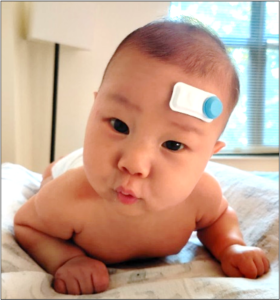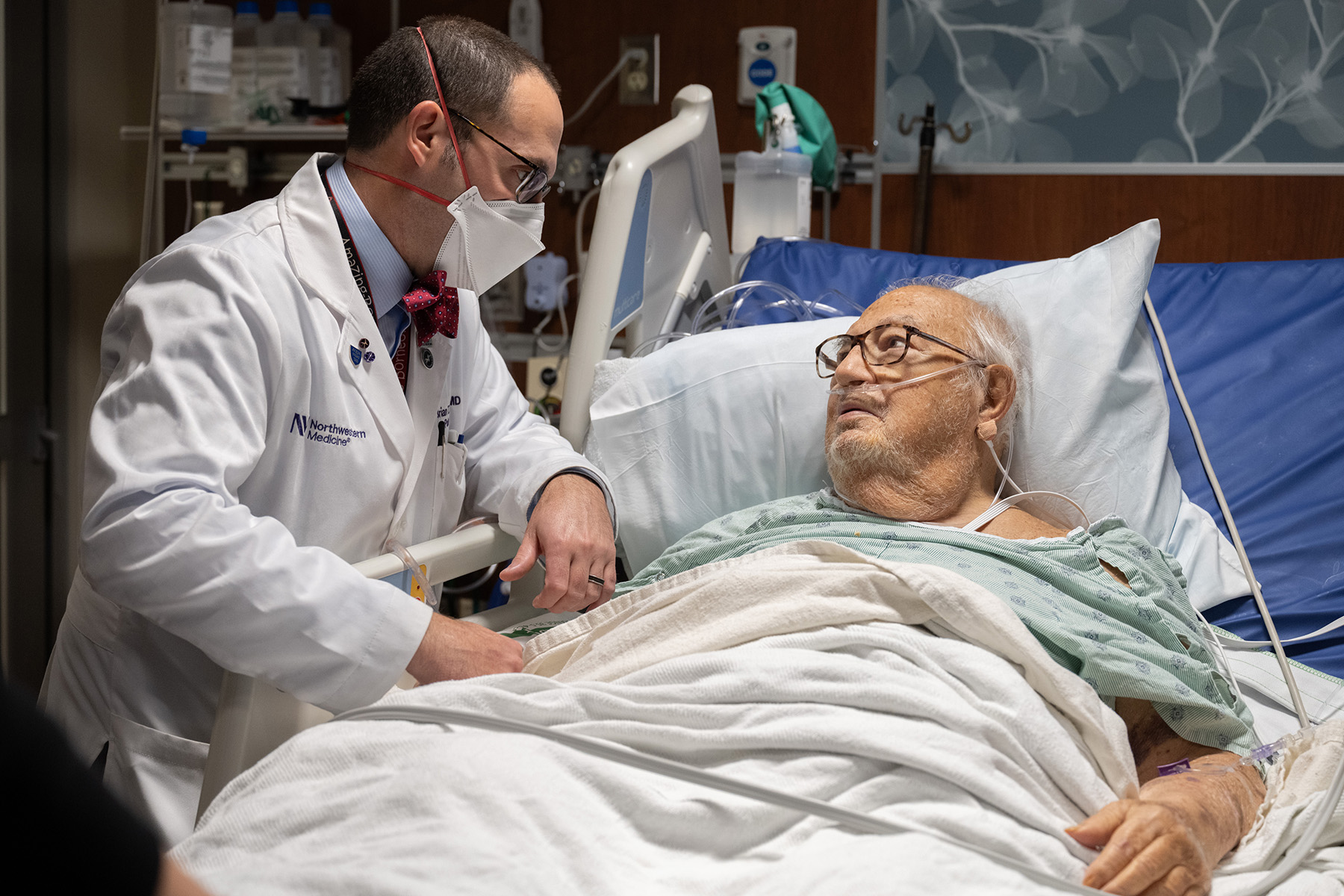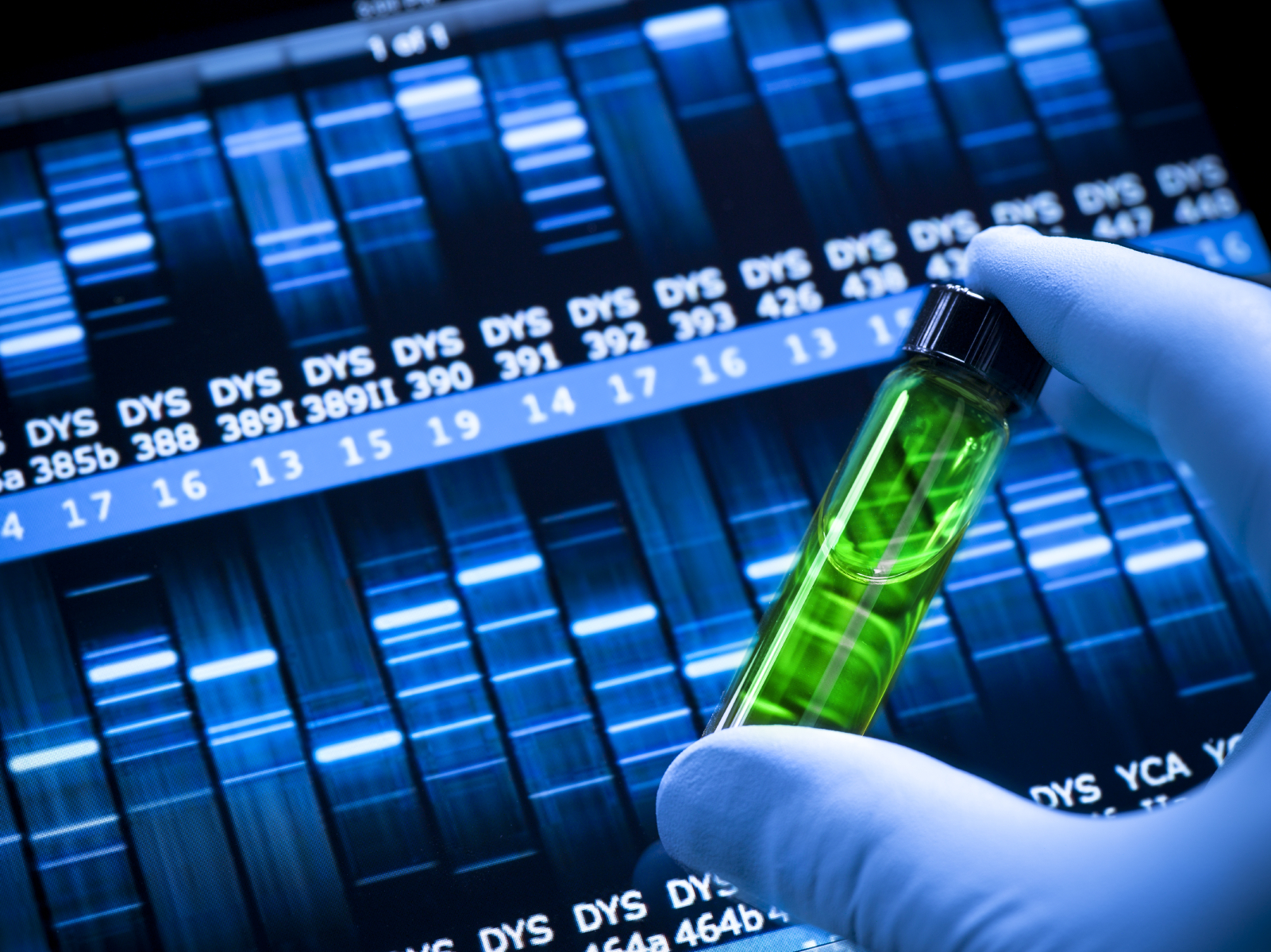
A novel wireless device may improve real-time monitoring of blood flow and oxygenation in the brain for neonatal and pediatric patients, according to a Northwestern Medicine study published in Proceedings of the National Academy of Sciences (PNAS).
Flexible, soft and no larger than a band-aid, the innovative device was developed by a multi-disciplinary team of investigators led by John Rogers, PhD, the Louis Simpson and Kimberly Querrey Professor of Materials Science and Engineering, Biomedical Engineering, and Neurological Surgery.
Continuous monitoring of blood flow and blood oxygen levels in the brain is critical for ensuring proper neurodevelopment in neonatal and pediatric patients, especially for those in intensive care units who require constant care and observation. However, current clinical care standards involve wire-heavy devices that sometimes adhere harshly to patients’ fragile skin and risk collecting inaccurate data due to natural movement from patients and healthcare professionals.
The current device expands previous developments led by Rogers, including the development of flexible wireless sensors to monitor vital signs of patients in neonatal intensive care units, allowing for increased skin-to-skin contact bonding between parent and baby.

The device is gentle enough to adhere to a patient’s skin, minimizing risk of damage or injury, and the absence of wires reduces the risk of inaccurate data collection and interference with patient care, according to Rogers. Depending on use, the device’s battery lasts up to 24 hours and can be replaced while the device’s sensor remains on the patient’s skin.
“The idea for this device stems from the same basic motivations around what we were trying to accomplish before, but in a different class of device that’s used on a subset of the broader neonate and pediatric population,” said Rogers, who was a co-senior author of the study.
Internally, the device utilizes multi-photo-diode systems which involve a set of two LED lights and four photon detectors evenly spaced out throughout the device, allowing the device to more accurately measure and monitor blood flow in the brain, as well as blood oxygenation levels and even heart rate.
“We wanted to be able to subtract out the influence of these surface layers so that we could measure just the cerebral hemodynamics and the properties of the blood that’s coursing through the brain,” Rogers said.

In a supporting clinical study overseen by Debra E. Weese-Mayer, MD, ’79, ’81, ’86 GME, the Beatrice Cummings Mayer Professor of Pediatric Autonomic Medicine, the investigators tested the device on patients between the ages of two months and 15 years who were hospitalized with congenital central hypoventilation syndrome, a rare disorder in which the brain has decreased sensitivity to increased carbon dioxide and reduced oxygen, necessitating artificial ventilation during sleep.
Overall, the device proved successful in continuously monitoring patients’ cerebral hemodynamics without interfering with clinical care, according to Weese-Mayer. Additionally, parents of the patients were enthusiastic the device’s ability to allow more skin-to-skin contact bonding without the tangle of wires used by current devices. Older children also strongly preferred the wireless device over the standard hard-wired devices.
“In all aspects of our lives, we have the opportunity for wireless technology, but medicine has curiously lagged behind as if attachment to wires at the bedside is de rigueur for state-of-the-art health care management. Especially during the COVID-19 pandemic, we need to be nimble with providing high level care that minimizes physical contact,” said Weese-Mayer, who is also a professor of Pediatrics in the Division of Critical Care and chief of the Division of Autonomic Medicine and the Center for Autonomic Medicine in Pediatrics at the Ann & Robert H. Lurie Children’s Hospital of Chicago.
In a broader context of care, the investigators aim to introduce the device to advanced hospital settings as well as low-resource environments both in the U.S. and abroad to help prevent or identify cerebrovascular dysregulation and potential diseases. The technology is also compatible with smartphone and tablets, allowing for the device to be a central point of accurate data aggregation both in the clinic and in the home.
“This device will allow us to continuously monitor cerebral hemodynamics not only in the inpatient setting, but also in the home setting where we are more likely to appreciate physiologic dynamics in the child’s activities of daily living while being respectful of pandemic-necessitated social distancing for health safety,” Weese-Mayer said.
This work was supported by Bill & Melinda Gates Foundation grants OPP1182909 and OPP1193311, the Gerber Foundation, Save the Children award 999002170, National Natural Science Foundation of China grants 11402134 and 11320101001, National Basic Research program of China grant 2015CB351900, and National Science Foundation grants 1400159, 1534120 and 1635443.






